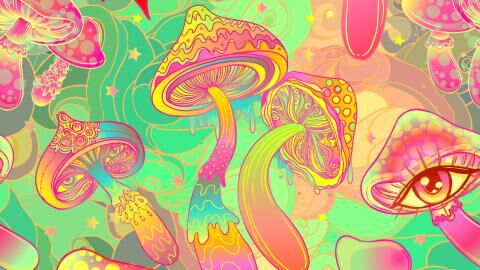What Is Dyslexia?
Discover our latest podcast
Dyslexia is a disorder of learning to read. It is part of a specific set of learning disorders, alongside dyspraxia, dysphasia and dyscalculia. It is often associated with dysorthographia or attention deficit disorder. Between 8 and 10% of children are affected by dyslexia, of which a large majority are boys (3 out of 4). Children with dyslexia show a delay in reading of at least 18 months without suffering from an intellectual disability or a visual or auditory problem.
Different Types Of Dyslexia
There are three types of dyslexia. Phonological dyslexia is the most common (60% of cases). It manifests itself as a difficulty in associating a sound with letters or syllables. Surface dyslexia affects between 10 and 30% of dyslexics. It is characterized by difficulty recognizing words visually. The last type of dyslexia is mixed dyslexia. This is a combination of the two types of dyslexia previously mentioned.
Symptoms Of Dyslexia
There are several signs that can be used to detect dyslexia in children:
- Difficulty reading fluently and without errors
- Slowness of reading
- Difficulties in differentiating certain words
- Difficulties in differentiating certain letters
- Difficulties in cutting a word into words syllables
- Problems with spelling
- Reading comprehension problems
- Difficulty writing
These symptoms usually result in repercussions on schooling. The child gradually loses interest in learning as well as reading and writing. They may also have problems with organization, memory and understanding. This may lead to poor performance in classes and be demotivating for the child.
Causes Of Dyslexia
The origins of dyslexia are still poorly understood and are the subject of several scientific hypotheses. A family history is frequently observed, which would imply a genetic influence, though this remains to be proven. Phonological or visual problems are also often put forward as theories.
Diagnosis: How Is Dyslexia Tested?
The diagnosis of dyslexia is most often made when learning to read. The sooner it is done, the more effective the treatment will be. Dyslexia can be spotted by a teacher, the family or a doctor. However, do not be alarmed too quickly, some children are just a little slower when learning than others. Among the various reading and language tests, the most frequently used to detect dyslexia is the Tom Thumb test. This is a short text to estimate the severity of the disorder based on the number of errors and reading time of the child.
Treatment Of Dyslexia
There are no drugs that can cure dyslexia. Treatment of dyslexia requires speech therapy. If it is started early, it can allow the child to have a normal schooling. Depending on the type of dyslexia, several methods can be used. The different techniques include the Borel-Maisonny method or the Chassigny method. Psychotherapy sessions are also recommended.
Dyslexia In Adults
Dyslexia does not disappear miraculously at the end of school and the difficulties it causes often prove problematic in the world of work: difficulties reading aloud, taking notes or writing without spelling mistakes. This is usually accompanied by embarrassment and a loss of self-confidence. However, it is never too late to treat dyslexia. Specialized workshops for adults with dyslexia are available to help deal with the problems the condition can cause.















